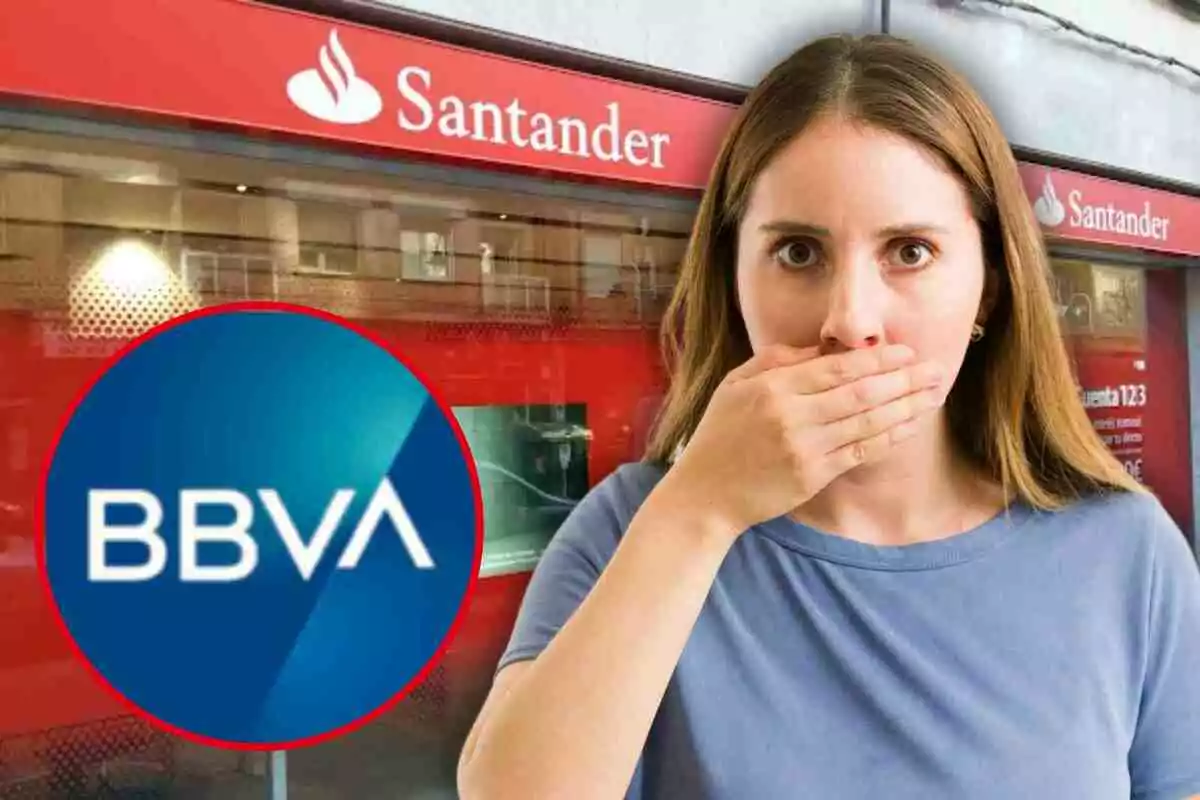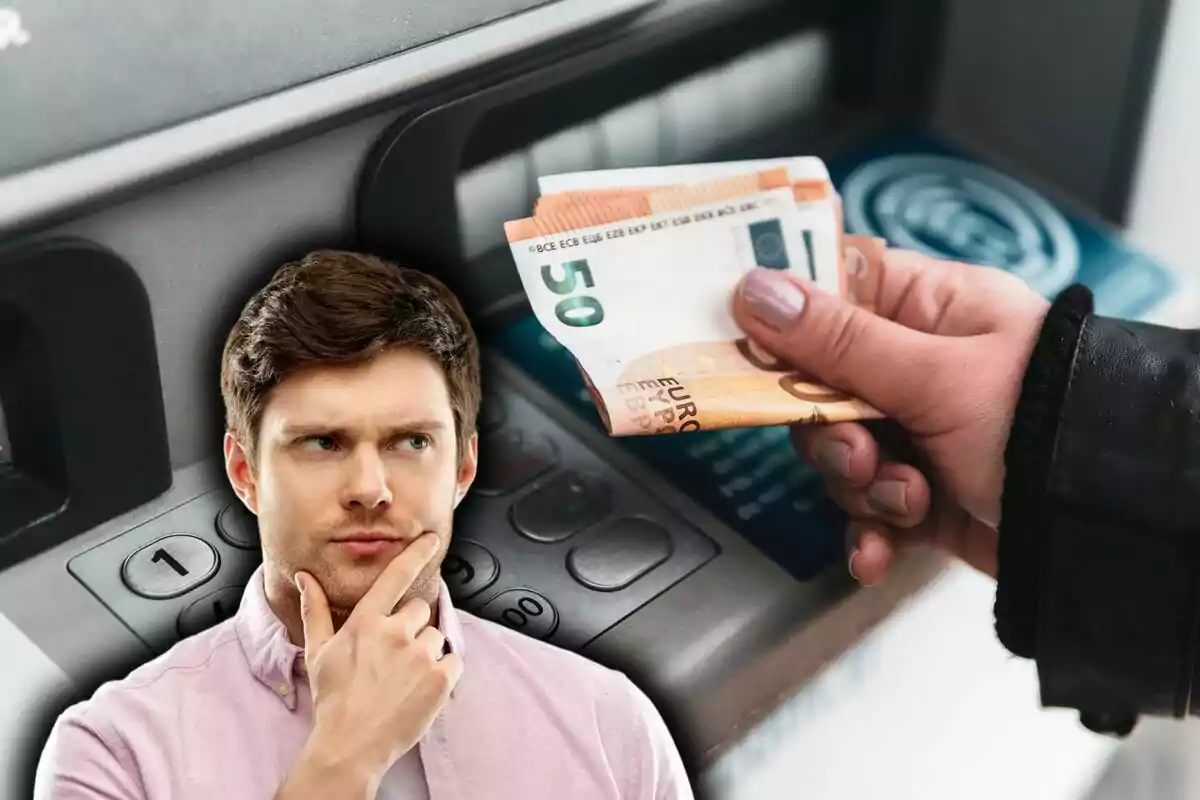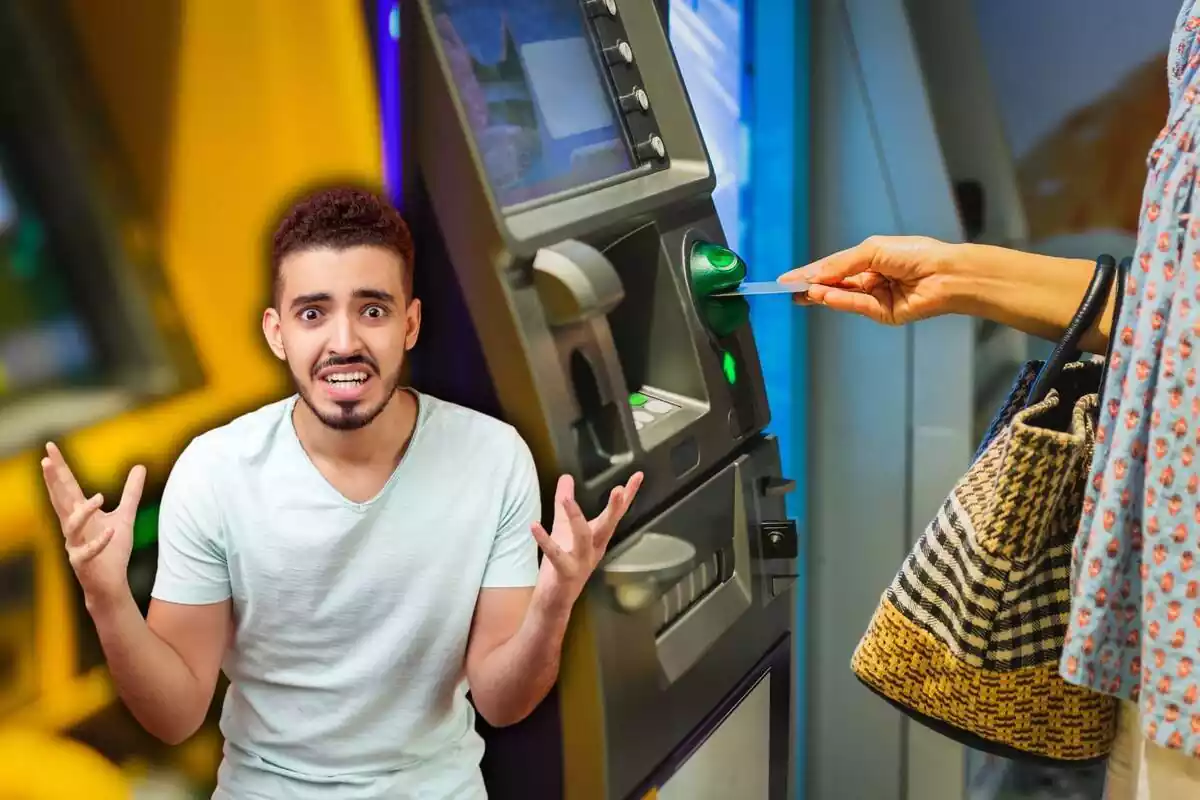
Banco Santander and BBVA confirm what is happening at ATMs: pay close attention
Banks find that many of those who try to withdraw money end up canceling the transaction.
It has become increasingly common for many users, when attempting to withdraw money from an ATM, to decide to cancel the transaction. This phenomenon has been especially noted by major entities. Banco Santander and BBVA attribute this action to a specific reason.
The reason for this cancellation is related to fees. When a user, who is not a client of Banco Santander or BBVA, approaches one of their ATMs to withdraw cash, they are informed of a fee charge. This charge is caused because the user is using a service from an entity different from their own.
Although it may seem like a minor detail, this small cost difference becomes a decisive factor for many. According to the data analyzed by both entities, around 30% of users cancel the transaction as soon as they are informed about the fee.

These customers, upon seeing that they will have to pay an additional charge to withdraw money, prefer to look for another ATM or choose a different alternative. Meanwhile, 6% of users prefer to make the payment with a card to avoid withdrawing cash. The remaining 63% accept the fee and complete the transaction.
BBVA and Banco Santander See It as an Income-generating Option
This behavior has allowed Banco Santander and BBVA to maintain this fee system at their ATMs. They also understand it as a significant source of income.
Although a considerable portion of users refuse to pay the fee, the majority decide to continue with the transaction and assume the charge. This scenario shows that fees for withdrawing money from non-affiliated ATMs remain profitable.
It is important to understand how this process works from a financial perspective. The fees charged for withdrawing money from an ATM not belonging to the same entity are not paid directly to the bank that owns the ATM.

In reality, these fees are charged to the card-issuing entity of the customer. That is, the bank with which the user has their checking account.
Once the issuing bank receives this request, it has the option to decide whether or not to pass the fee on to the cardholder. If it decides to do so, the amount of the fee can be total or partial, depending on the internal policy of each entity. In some cases, certain banks issue cards that include the reimbursement of these fees.
Only 3 out of 10 Decide to Cancel the Transaction
This fee system remains a significant source of income for banking entities. Although a portion of customers decides to cancel the transaction, those who ultimately accept the charge contribute a substantial amount of money to the finances of Banco Santander and BBVA.
It should be remembered that 3 out of 10 users decide to back out and cancel the cash withdrawal if they are charged a fee.
More posts: